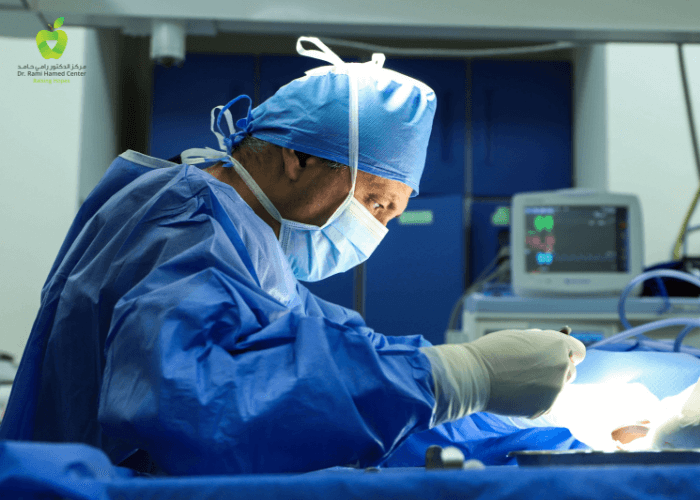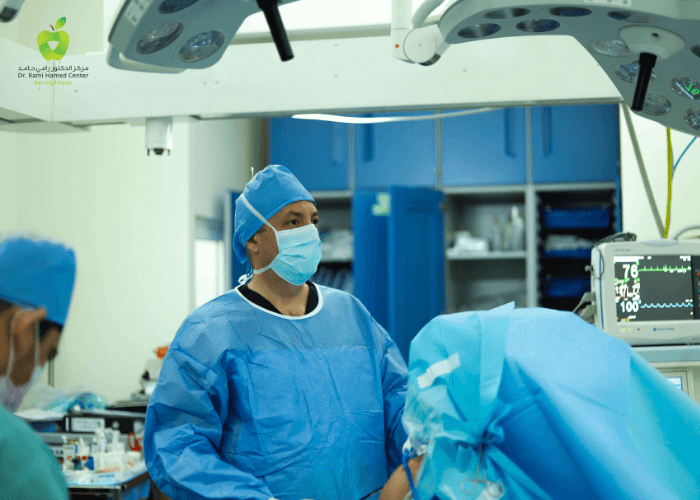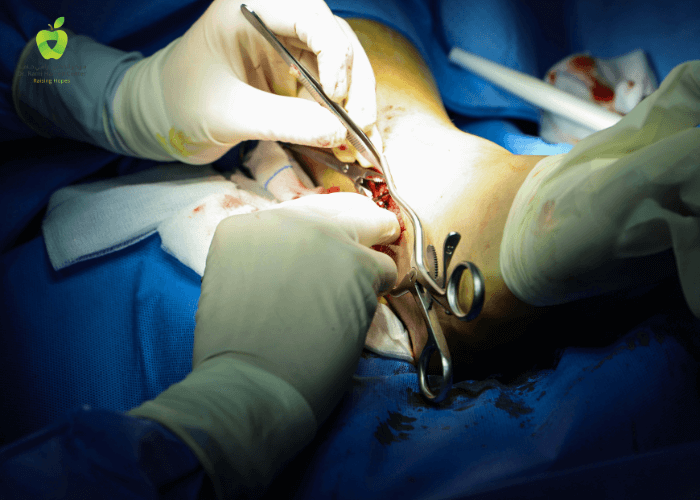Acute Fractures at DRHC Dubai Sport Injuries Clinic
What is an Acute Fracture?
An acute fracture is a sudden break in the bone, typically caused by a high-impact injury or trauma. These fractures often occur in sports, where physical contact, falls, or rapid movements are common. Unlike stress fractures, which develop over time due to repetitive stress, acute fractures happen instantly, resulting in sharp pain and the immediate need for medical intervention.
Types of Acute Fractures
Acute fractures vary in severity and can occur in different forms:
- Simple fracture: The bone breaks cleanly but doesn’t pierce the skin.
- Compound (open) fractures: The bone breaks through the skin, increasing the risk of infection.
- Comminuted fracture: The bone shatters into three or more pieces, often requiring surgical intervention.
- Greenstick fracture: A partial break, where the bone bends but doesn’t completely break, common in children.
- Transverse fracture: A straight, horizontal break across the bone.
- Oblique fracture: A diagonal break across the bone.
- Spiral fracture: A twisting injury that causes the bone to fracture in a spiral pattern, often seen in sports with rapid twisting motions like skiing or football.
Causes of Acute Fractures in Sports Injuries
Acute fractures are common in high-impact sports or activities that involve collisions, falls, or sudden force. The most frequent causes of sports-related acute fractures include:
- Direct Impact: A fall or blow during contact sports like football, rugby, or hockey can result in bone fractures.
- Over-rotational force: Sports that involve rapid changes in direction, such as skiing or basketball, can cause twisting fractures.
- Hight-speed activities: Fractures often occur during activities like cycling or skateboarding, where falls at high speeds can result in broken bones.
- Falling awkwardly: Landing improperly on an outstretched arm during gymnastics or a jump can lead to fractures in the wrist or elbow.
- Tackling or body checks: In sports like soccer or rugby, direct collisions or tackles may result in fractures of the limbs or ribs.
Common Sports-Related Acute Fractures
Some of the most common acute fractures associated with sports include:
- Wrist fractures: Often caused by falls, wrist fractures are common in snowboarding, cycling, and gymnastics.
- Ankle fractures: A misstep or awkward landing can lead to ankle fractures, frequently seen in basketball and soccer.
- Collarbone (clavicle) fractures: Direct impact to the shoulder during a fall or collision, common in rugby and cycling.
- Tibia and fibula fractures: High-impact sports like football and skiing can result in fractures to the lower leg bones.
- Rib fractures: Sports with physical contact, such as boxing or rugby, can cause rib fractures due to direct blows.
- High and femur fractures: Less common, but possible in sports like skiing or cycling, especially during high-speed falls.
Symptoms of Acute Fractures
The symptoms of an acute fracture are immediate and often unmistakable. These include:
- Severe pain: A sharp, intense pain at the time of injury that worsens with movement.
- Visible deformity: The affected limb or bone may look out of alignment or abnormally bent.
- Swelling and bruising: The area around the fracture will swell quickly and may bruise.
- Inability to bear weight: Walking, moving, or using the affected limb is difficult or impossible.
- Numbness or tingling: In severe fractures, nerve damage can cause numbness around the fracture site.
- Open wound: In compound fractures, the bone may protrude through the skin, creating an open wound.
Diagnosing Acute Fractures
Immediate medical evaluation is essential for any suspected acute fracture. A healthcare professional will assess the injury using the following methods:
- Physical examination: A visual inspection and physical assessment will help determine the location and severity of the fracture.
- X-rays: X-rays provide clear images of the bone structure and are the primary diagnostic tool for confirming the presence of a fracture.
- CT scan or MRI: In cases where a fracture is complex or involves joints, advanced imaging like CT scans or MRIs may be required to assess the extent of the injury and any associated damage to soft tissues, such as ligaments or tendons.
Treatment Options for Acute Fractures
Treatment for acute fractures depends on the severity of the injury and the type of fracture. At DRHC Dubai, we provide comprehensive care tailored to each patient’s need
- Immobilization:
For simple fractures, immobilizing the affected area with a cast, splint, or brace is usually the first line of treatment. This keeps the bone in the correct position and allows it to heal naturally over time.
- Reduction:
If the bones are misaligned (displaced), a healthcare professional will perform a reduction to realign the bone fragments. This can be done either manually (closed reduction) or surgically (open reduction).
- Surgical intervention:
In cases of compound or comminuted fractures, or when bones cannot be realigned manually, surgery may be required. Surgical methods include the use of metal plates, screws, rods, or pins to stabilize the bone and promote proper healing.
- Physical Therapy:
Once the bone has healed, physical therapy is crucial for restoring mobility, strength, and function to the injured area. Sports-specific rehabilitation programs can help athletes safely return to their activities and reduce the risk of future injuries.
- Pain Management:
Over-the-counter medications like ibuprofen or acetaminophen are often prescribed to manage pain and inflammation. In some cases, stronger pain relief may be necessary.
Healing and Recovery Time for Acute Fractures
The healing process for an acute fracture varies depending on the type and location of the fracture, as well as the patient’s age and overall health. Most fractures take between 6 to 12 weeks to heal, though complex fractures may require a longer recovery period. During this time, it's crucial to follow your doctor's advice on rest, activity modification, and physical therapy to ensure proper healing and avoid complications.
Prevention of Sports-Related Acute Fractures
While not all sports injuries can be prevented, taking certain precautions can reduce the risk of acute fractures:
- Proper warm-up: Always warm up before engaging in any physical activity to improve flexibility and reduce the risk of injury.
- Use protective gear: Wear sport-specific protective equipment like helmets, pads, and appropriate footwear to minimize impact.
- Strength and conditioning: Strengthen muscles and improve balance and coordination to reduce the risk of falls and fractures.
- Follow proper techniques: Learn and practice the correct form for your sport to avoid unnecessary stress on your bones and joints.
- Gradual increase in activity: Avoid overexertion by gradually increasing the intensity and duration of your physical activities.
Why Choose DRHC Dubai for Sports-Related Acute Fracture Care?
At DRHC Dubai, our team of experienced orthopedic specialists is dedicated to providing top-tier care for acute fractures, particularly those resulting from sports injuries. We offer:
- State-of-the-art diagnostic tools to quickly and accurately assess fractures.
- Personalized treatment plans are designed to ensure the best possible outcomes.
- Expert surgical care, when necessary, utilizing the latest minimally invasive techniques.
- Comprehensive rehabilitation programs are tailored to athletes to ensure a safe return to sport and reduce the risk of future injuries.
.png?width=281&height=59&name=bookanappointment%20(1).png)
*know more about our surgical packages*
Orthopedic Dubai / Orthopedic Clinic / Orthopedic specialist in Dubai - Are you looking for the best orthopedic surgeon in Dubai or a neurospinal hospital? DRHC provides the best orthopedic surgeons and orthopedic doctors in Dubai. To book an appointment, please call +97142798200.




.png?width=281&height=59&name=bookanappointment%20(1).png)




